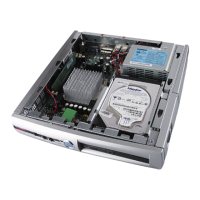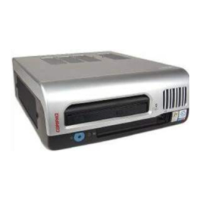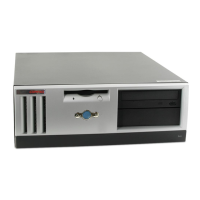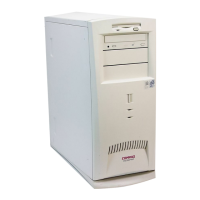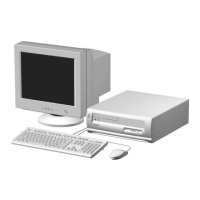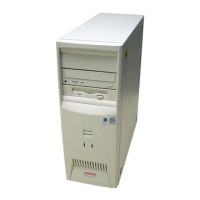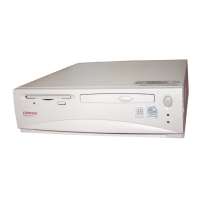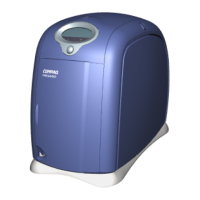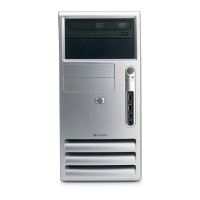Chapter 5 Input/Output Interfaces
5.4 SERIAL INTERFACE
All models include two serial interfaces to transmit and receive asynchronous serial data with
external devices. The serial interface function is provided by the LPC47B357 I/O controller
component that includes two NS16C550-compatible UARTs.
Each UART supports the standard baud rates up through 115200, and also special high speed
rates of 239400 and 460800 baud. The baud rate of the UART is typically set to match the
capability of the connected device. While most baud rates may be set at runtime, baud rates
230400 and 460800 must be set during the configuration phase.
5.4.1 RS-232 INTERFACE
On the legacy-light system, the UART is associated with a DB-9 connector that complies with
EIA standard RS-232-C. The DB-9 connector is shown in the following figure and the pinout of
the connector is listed in Table 5-5.
Figure 5-3. Serial Interface Connector (Male DB-9 as viewed from rear of chassis)
Table 5–7. DB-9 Serial Connector Pinout
Table 5-7.
DB-9 Serial Connector Pinout
Pin
Signal
Description Pin Signal Description
1 CD Carrier Detect 6 DSR Data Set Ready
2 RX Data Receive Data 7 RTS Request To Send
3 TX Data Transmit Data 8 CTS Clear To Send
4 DTR Data Terminal Ready 9 RI Ring Indicator
5 GND Ground -- -- --
The standard RS-232-C limitation of 50 feet (or less) of cable between the DTE (computer) and
DCE (modem) should be followed to minimize transmission errors. Higher baud rates may require
shorter cables.
5-8 Compaq Deskpro and Evo Personal Computers
Featuring Intel Celeron and Pentium III Processors
Fifth Edition – March 2002
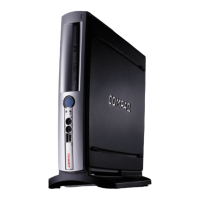
